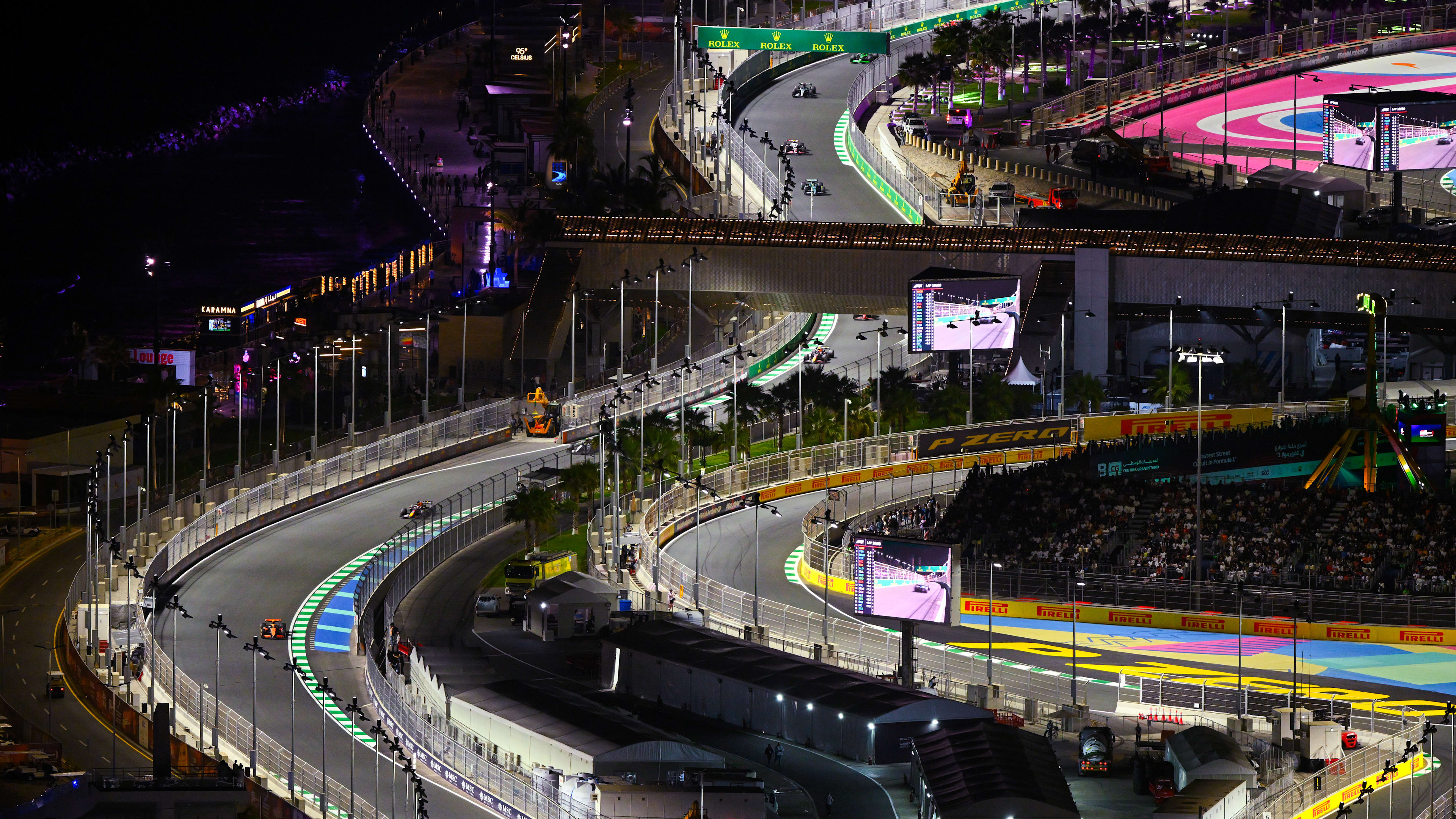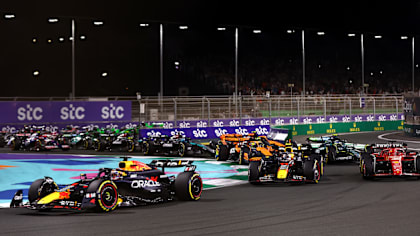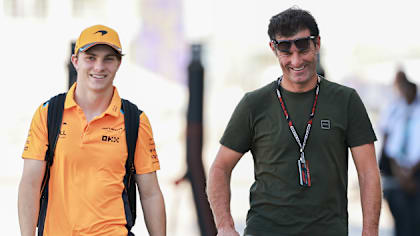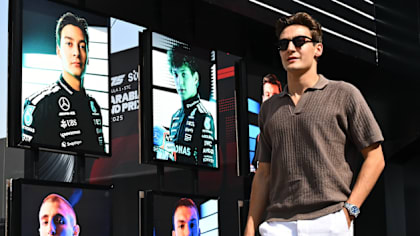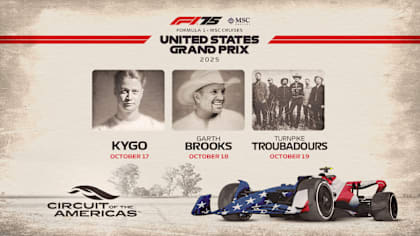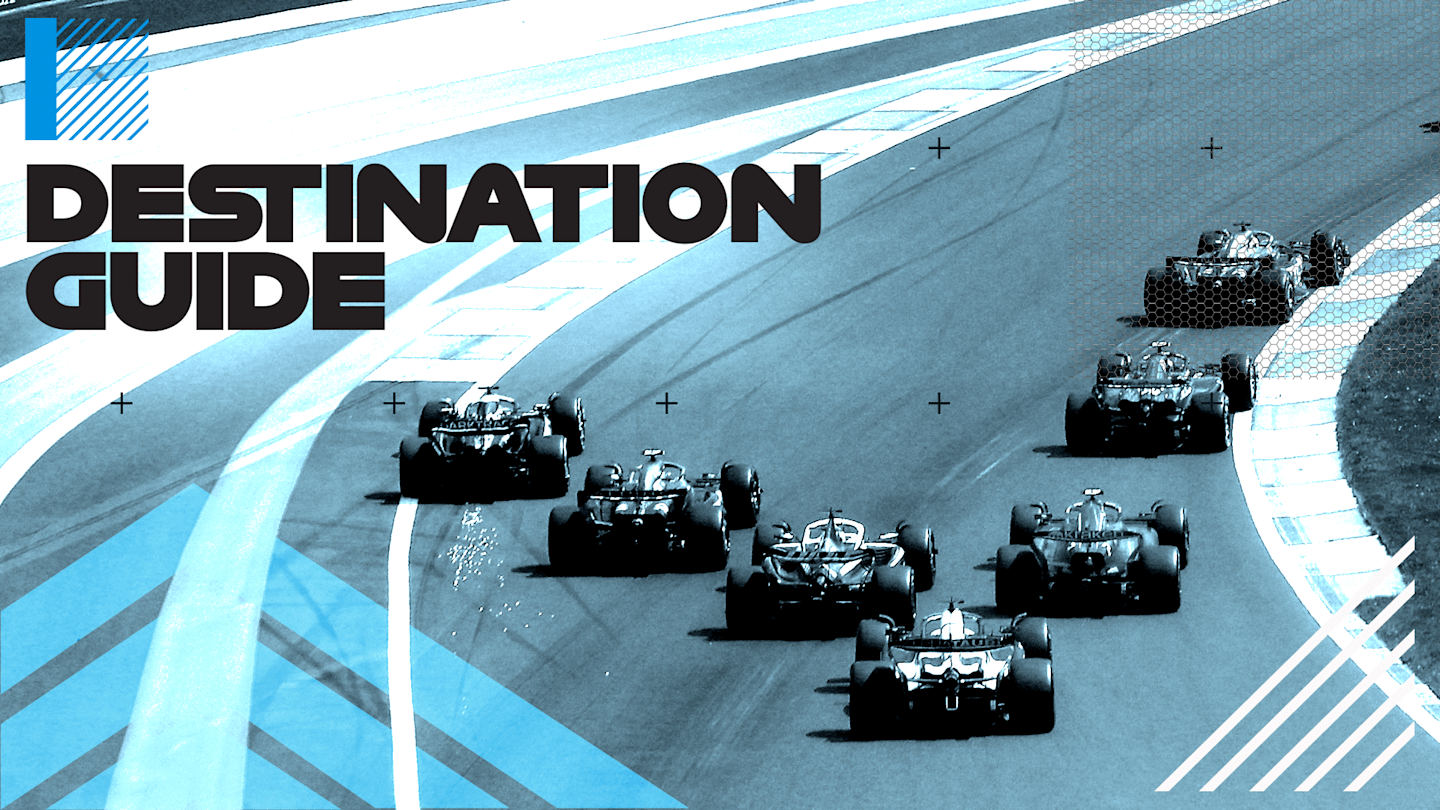
Feature
DESTINATION GUIDE: What fans can eat, see and do when they visit Spa for the Belgian Grand Prix
Share

Nestled in the heart of the beautiful Ardennes region and surrounded by coniferous forest is the historic Circuit de Spa-Francorchamps, home of the Belgian Grand Prix. Designed in 1920, the original circuit used public roads to link the towns of Francorchamps, Malmedy and Stavelot, and hosted its first non-championship Grand Prix in 1925 before becoming one of only seven circuits that were part of Formula 1’s inaugural championship in 1950.
There have been many layout changes since then, but the one thing that has remained consistent is the F1 drivers’ love for this challenging circuit which, at 7.004km, is the longest track on the Formula 1 calendar.
Where and what to eat
As befitting a small country bordering several others, Belgian cuisine is somewhat influenced by that of its neighbours – France, Germany, the Netherlands and Luxembourg – but still with its own unique identity. With a population of over 11.5 million, Belgium boasts an incredible 141 Michelin starred restaurants, reinforcing the reputation of the high quality of both ingredients and cooking in this densely populated country.
One hotly contested culinary crossover that the Belgians have emphatically claimed as their own, is the French fry or frite. Widely available at restaurants and ‘friteries’ across the country and doused in customary mayonnaise, this unassuming deep-fried strip of potato is considered a national dish of Belgium but is the subject of much debate as to the nature of its origins, which the French believe lie with them.
The Belgians are so irked by French fries alleged misattribution – arguing that the fries are only called ‘French’ because their neighbours had a habit of appropriating Belgian food and culture due to the countries’ proximity – that Belgium has applied to UNESCO seeking cultural heritage status for its fries/frites and mayonnaise.
We should all be thankful to whoever invented them, for there is no greater pleasure than a cone of freshly cooked golden potato smothered in cool, creamy sauce eaten with a wooden fork, and Friterie Sebastien in Stavelot – a mere stone’s throw from the track – serves some of the tastiest fries around. Perfect with a local Belgian beer.
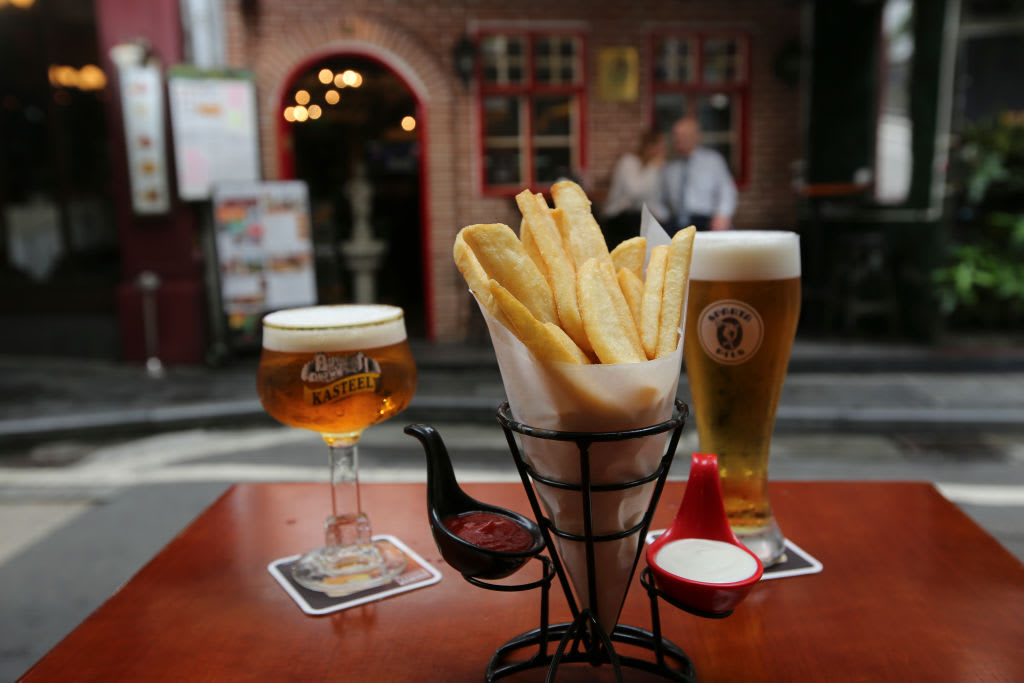
You can't go wrong with frites and beer in Belgium
Situated a 40 minute drive from the Spa-Francorchamps circuit, the city of Liege is well known for its industrious past thanks to its steel foundries, glassworks and coal mines, but it is becoming increasingly recognised for its local food movement focussing on sustainable, locally grown produce which campaigners hope will supply all of the region’s eateries in the future, with many restaurants in the city already featuring menus showcasing local ingredients.
One such establishment is Moment, which is 90% autonomous in its production of the organic vegetables on the menu that are grown in a garden they own as part of a co-operative in the city.
READ MORE: Everything you need to know about F1 – Drivers, teams, cars, circuits and more
With its beautiful interior and featuring an ever-changing short, seasonal menu accompanied by a well curated wine list served by knowledgeable and attentive staff, it’s the perfect ambassador for the burgeoning Liege food movement.
For the sweet-toothed and fans of Belgian waffles, the city is also home to arguably the more superior Liege waffle, different to its rectangular sibling the Brussels waffle in every way.
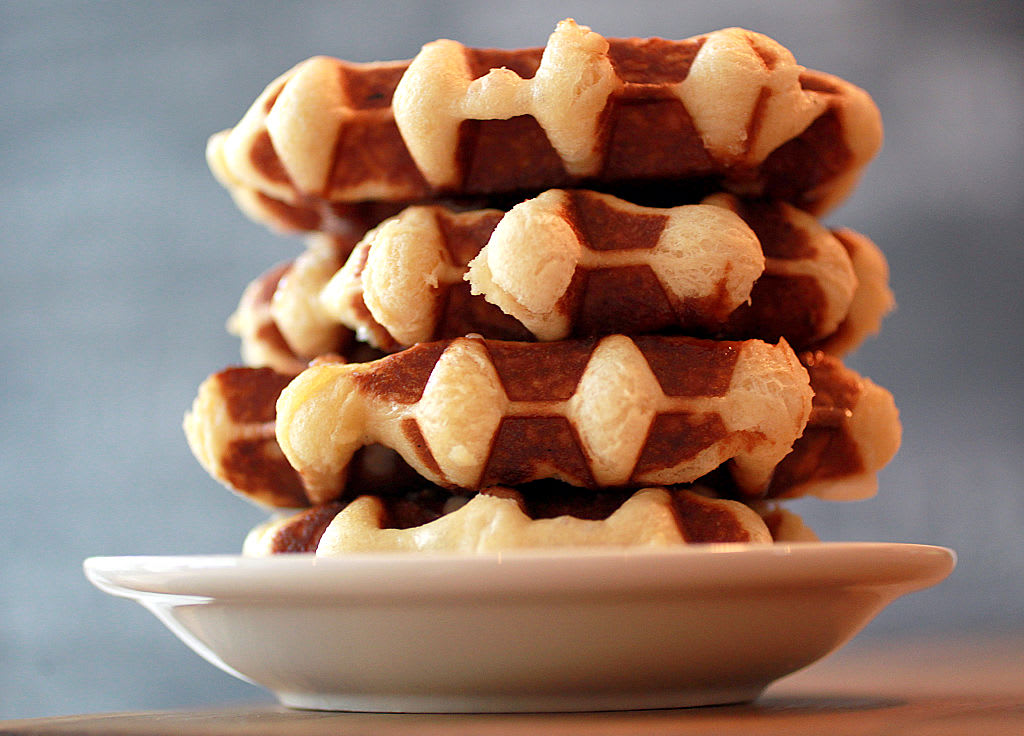
The Liege waffle is very different to the more famous Brussels variety
Made from a thicker, richer brioche batter and studded with pearl sugar which caramelises when cooking, giving the rounded edged waffle its distinctive crunchy coating, this delicious, sweet treat is best eaten warm and unadorned to fully appreciate its sweeter flavour from Une Gaufrette, Saperlipolpette, which serves some of the best eponymous waffles in the city.
Combining Belgium’s beer brewing heritage with a menu of crowd-pleasing classics, Les Brasserie des Bobelines is a microbrewery located in the historic heart of the town of Spa in the striking Pavillions des Petit Jeux – a 19th century building recognised as a Belgian national heritage site.
READ MORE: The beginner’s guide to the F1 weekend
It lay empty for three years before being transformed into a beautiful bar/restaurant and events space. It’s the perfect place to sit and soak up the history of this fascinating space with a signature Bobeline white beer (flavoured with strawberries) in hand.
Where to stay
Due to its fairly rural location, there is a lack of accommodation close to the circuit once the F1 teams and media have snapped up rooms nearby, but travel a little further afield to the larger hub of Verviers, which is easily reached by train from Brussels, and you’ll find a wider choice of hotels with the added benefit of regular buses to the track.
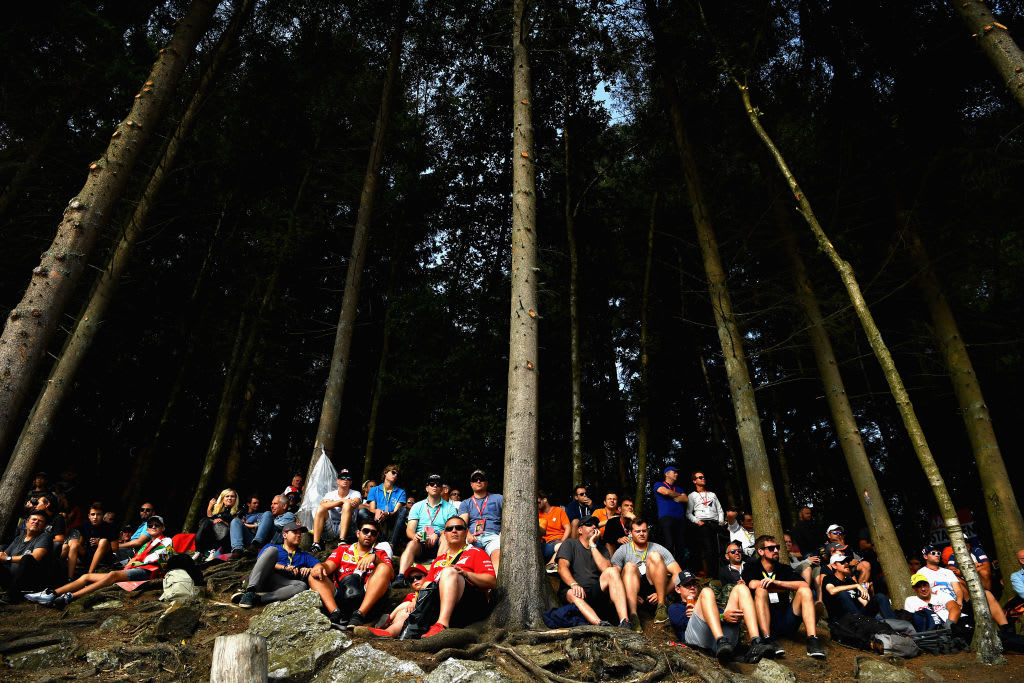
If you can't get a seat in the grandstands, there's always somewhere to watch the race from under the trees
Alternatively try one of the many gites situated in the small towns and villages close to the circuit for a more homely experience.
Of course, if you don’t mind taking a chance on the area’s unpredictable weather and the very real prospect of waking up to the sound of rain pitter pattering on your tent, then camping at one of the many well equipped campsites surrounding the circuit is one of the best, and most popular, options for those who want to enjoy a lively, communal experience with like-minded fans close to the track.
READ MORE: The beginner’s guide to the F1 calendar
Where to watch the race
For panoramic views of La Source through to Raidillon, the elevated grandstand overlooking Eau Rouge is the place to be with the optimum vantage point from which to witness the skill and speed deployed by the drivers as they tackle this most iconic of corners. Alternatively, the grandstand located on the Pouhon corner offers some of the best trackside atmosphere.
Non-F1 highlights
Having covered off the Belgian staples of beer, fries and waffles already, it would be remiss of me not to mention the fourth member of the cultural quartet – chocolate.
Considered to be the finest in the world, Belgian chocolate is made with a minimum of 35% cocoa as dictated by a law dating back to 1884 to prevent the use of low-quality fat sources to bulk out the chocolate’s composition, thus ensuring the integrity of this most important export.
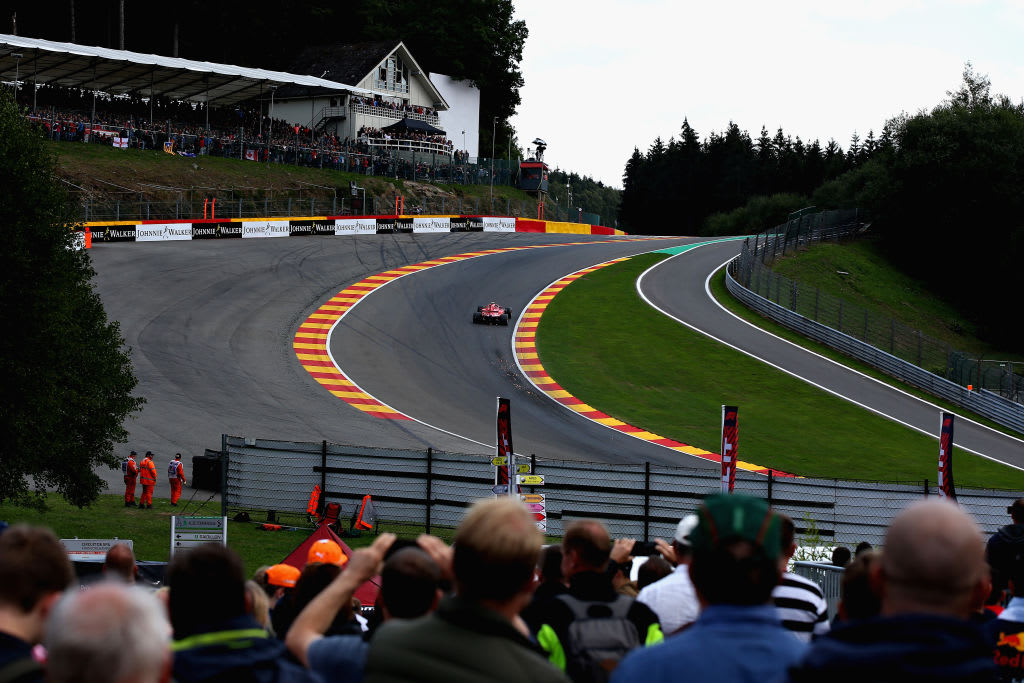
There are plenty of places to get a good view of the action
In 1912 a man called Jean Neuhaus, who owned a pharmacy in Brussels, found a way to make chocolate even more delicious by inventing the praline (Belgian truffle) – a shell made from chocolate and filled with ganache, buttercream, nut pastes and other sweet fillings – changing the way people consumed chocolate forever.
The Jean Neuhaus store is still in its original location in Brussels and is considered a must visit if you’re in the Belgian capital. But if you can’t make it there, then La Chocolaterie Darcis in the town of Verviers – a short distance from the circuit – is a museum devoted to all things chocolate. Shop and factory combined, it was opened by Jean-Philippe Darcis when he was just 25 years old.
UNDERDOG TALES: When Fisichella put Force India on top of the world with a Spa weekend to remember
Now an ambassador for Belgian chocolate and pioneer of the macaron in Belgium, Darcis combines tradition with creativity, resulting in delicious innovative chocolates which are available to buy in the on-site shop.
You can watch the chocolate craftsmen at work, taste some samples and even channel your inner Willy Wonka and sign up for a chocolate making course to learn how to make your very own creations.
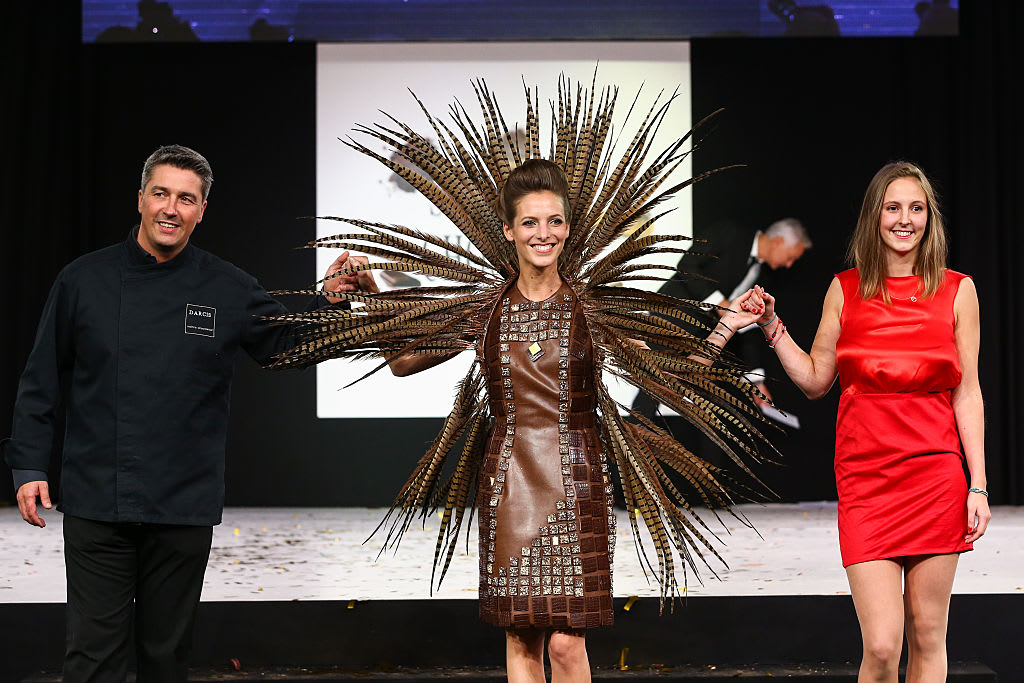
Chocolate is a huge part of the culture in Belgium. Chocolate maker Jean-Philippe Darcis (L) even helped create this chocolate dress for a fashion show
You can also get on on your bike and explore this beautiful region on two wheels. With over 1,400km of picturesque disused railway tracks, scenic byways and canal towpaths, the RAVel path network – Reseau Autonome des Voies Lentes (autonomous network of slow paths) – has special value in the Ardennes as it gives access to a beautiful but otherwise impenetrable area, on flat trails that never have more than a 2% gradient.
Try the Spa-Stavelot route which was once the 44A railway line that connected Spa to Gouvy in Belgian Luxembourg before shutting down in 1974. The 22km route takes you through upland forest, granting lovely distant views and passing directly above the Circuit de Spa-Francorchamps.
READ MORE: Formula 1 to race in Belgium until 2025 under new deal
Housed in the impressive vaults of the old Abbey in Stavelot is the Musee du Circuit de Spa-Francorchamps, a small but perfectly formed collection of historic cars and motorbikes, alongside changing temporary exhibitions, all retracing the fascinating history of this most famous of racetracks, both past and present.
If all of that racing memorabilia has stirred up the wannabe F1 driver in you, then head back to the F1 circuit and test those skills at the kart track located inside this most iconic of venues.
Belgian Grand Prix: 5 great battles from the F1 archive
It’s called Spa for a reason, and since Roman times people have visited the town to benefit from its highly mineralised healing water, originally ingested as drinking water as it was thought to have curative powers for all manner of ailments.
The Roman naturalist and philosopher Pliny the Elder is said to have commented on the water’s “ferruginous taste” that he believed purged the body and cured fevers, and the Spa brand of water has been bottled and exported worldwide for over 400 years.
READ MORE: How sustainable fuels can benefit the world – and are more than just the future of F1
Today there is a modern thermal spa complex on a hill above the town with panoramic views, and linked to the centre of the charming municipality by a funicular railway. After all that cycling in the Ardennes, bathing in the warm healing waters is just the ticket.
Due to its proximity to many transport hubs in nearby neighbouring countries, the Belgian Grand Prix has always been a popular choice for F1 fans in Europe. Surrounded by misty fairytale forests, pretty historic villages and towns and steeped in an equal measure of triumphant and tragic motorsport history, Spa is on the bucket list of most racing enthusiasts. Especially those who don’t mind a bit of rain…
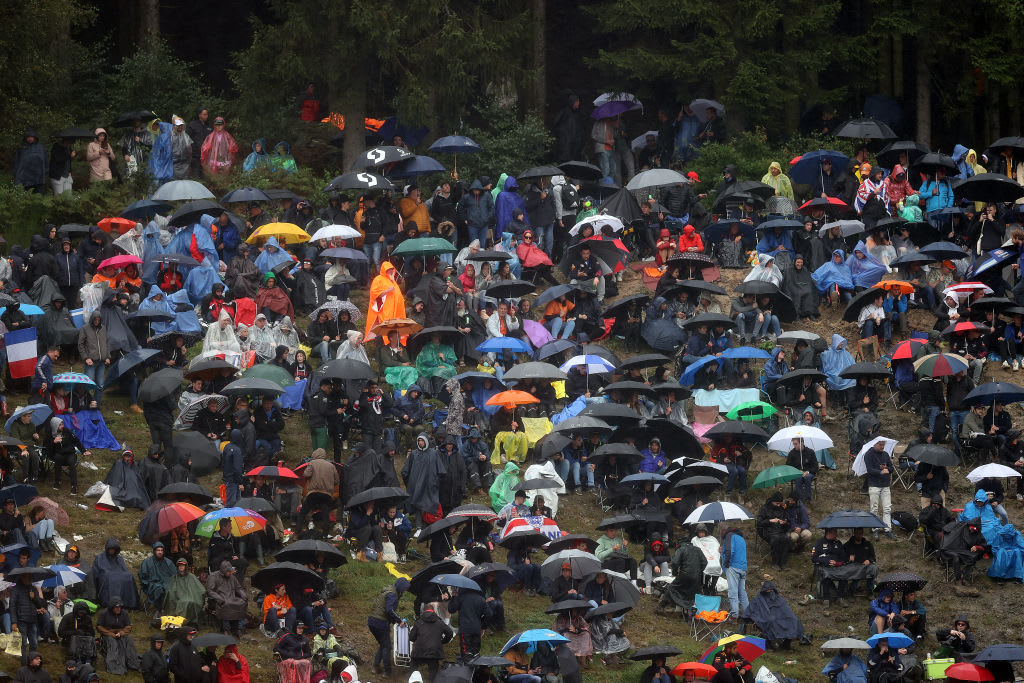
Don't forget to take your umbrella if you're going to the race
Fun fact
On 19th September 1888, what is widely believed to be the world’s first modern beauty pageant took place in the town of Spa. Advertisements placed in the local newspapers announced that “the most beautiful girl on the planet” was to be selected in a Concours de beaute, and girls were invited to submit a photograph of themselves (photography still being a relatively new technology) alongside a short written description.
It was a popular concept with over 350 applications which were whittled down to 21 girls, and the mostly male judging panel eventually declared 18-year-old Marthe Soucaret from Guadeloupe to be the winner of the accolade.
READ MORE: Formula 1 becomes first motorsport competition to use Pirelli FSC-certified tyres
Soucaret received 5,000 francs in prize money and the honour of appearing on the cover of the revered French magazine L’illustration. Sadly, almost nothing is known of what happened to the young beauty queen after that, but the Belgian initiative was swiftly adopted by other countries and the modern beauty pageant was born.
Belgium Destination Guide
- Language: Flemish/Dutch, French, German
- Currency: Euro
- Population: Approx. 11.6 million
- F1 race held since: 1950

RACE TICKETS - BELGIUM
Don't miss your chance to experience the epic Spa-Francorchamps circuit...
YOU MIGHT ALSO LIKE
News What time is the Formula 1 2025 Saudi Arabian Grand Prix and how can I watch it?
News Piastri's manager Mark Webber reveals how Australian has stepped up against 'serious artillery' of his opposition in 2025
News ‘If you perform, everything is good’ – Russell responds to speculation over new Mercedes contract
News United States Grand Prix headliners confirmed as 36 hours of entertainment returns to COTA
